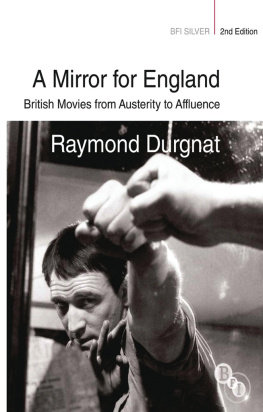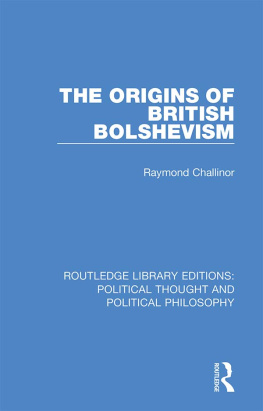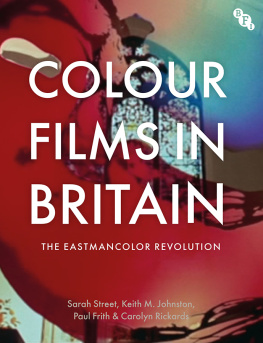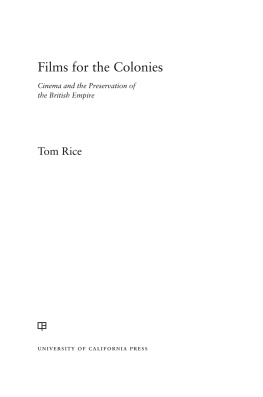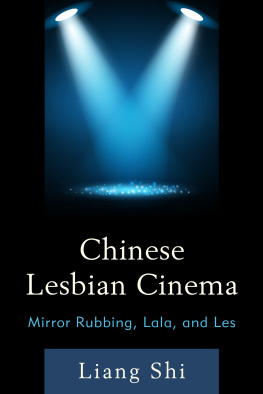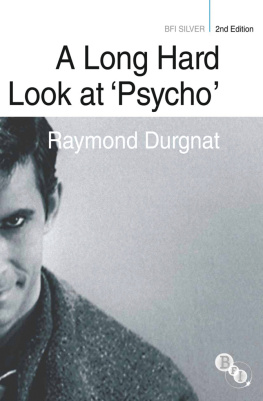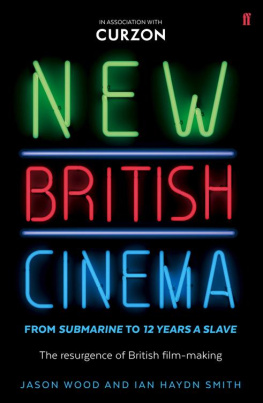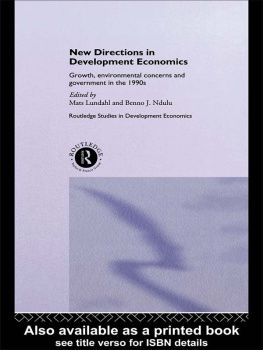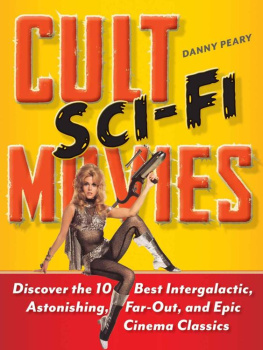BFI SILVER
Representing the very best in critical writing on films and film-makers, these beautifully presented new editions and reissues of classic titles from BFI Publishing feature new introductions by leading film critics or scholars. They assess the unique contribution of the work in question and its author to the field of film studies and to the wider public understanding of moving image culture.
ALSO AVAILABLE:
Godard
A Long Hard Look at Psycho
Mamoulian

The Man in the White Suit: Alec Guinness

Contents
KEVIN GOUGH-YATES
KEVIN GOUGH-YATES
A Mirror for England was first published in 1970 by Faber & Faber; copies had been circulating among Raymond Durgnats friends and colleagues in various manuscript forms for over a year as he continued to revise and modify it, in response to the developments in film studies which were part of the wider cultural shifts that were occurring in schools, art colleges and universities. The late 1960s was an exhilarating moment in film studies and the book has a sense of discovery and dash. It runs where others were treading cautiously and takes risks both in its manner of writing and in its judgements. Durgnat was fully aware that he was breaking new ground for himself and for writing on British cinema; he wanted to complicate rather than simplify our understanding of it, to reveal its complexities rather than to ignore or dismiss it as critics usually did, as not having the values or the qualities of European and American cinema. Reading A Mirror for England now, one has the sensation of a discursive and deliberately uncompleted work, notes for a larger book that was never written, but it is very much as he wanted, of the moment and a combative intervention into the debate on film theory.
After 40 years, writers on British cinema still kick off with A Mirror for England. John Hills Sex, Class and Realism (1986), refers to it on its second page, if only to challenge its premise that conclusions about British society can be arrived at on the evidence of the films alone. Films, he suggests, can be understood as reflections of the society that makes them.
Well, certainly, but A Mirror for England has other purposes. One is to emphasise the importance of fantasy and of imagination in the making and the study of cinema. A second is to rescue the concept of British cinema from the contempt of auteur critics who slavishly followed Cahiers du cinma. And another is to rescue film criticism from the moral cant, slavish snobbery and good taste of the Monthly Film Bulletin and Sight and Sound, which took their authority simply from being official publications of the uniquely institutionalised British Film Institute. If Durgnat took sides, he associated himself more closely with the magazine, Movie, with its emphasis on the rhetoric of cinema and the manner in which the response of the audience is affected.
Cahiers had disdainfully dismissed British cinema, Franois Truffaut famously describing it as a non sequitur, essentially because it had no auteurs. Durgnat considered it risible to rate highly such Hollywood conformists as Howard Hawks, Leo McCarey, and Raoul Walsh, on auteur theory principles, but not to do so with British directors such as Roy Ward Baker, Terence Fisher, and Michael Powell, each of whom were, he insisted, distinctive cinematic voices. Thematic considerations were often of greater importance to style than textual ones. He was, he said later, interested in the decent truths asserted in run-of-the-mill and B moviesthe cinema needs rescuing from the film buffs who treat every identifiable director as an auteur and every auteur as a thinker and every thinker as a minor genius.
He was scathing at Sight and Sound for sneeringly comparing, what it described as The French Line, as though there was only one, with its own humanism and in which the younger English critics were described as seeing art as something for kicks, where violence on the screen is accepted as a stimulant. Not surprisingly, he writes, they disliked this representation of themselves when all they were asking for was for more directors to be treated with critical respect and for more attention to be paid for subtleties of style. Each film creates its own frame of reference, formal considerations are not the only ways in which ideas might unfold; an artists style is as individual as his face or his finger-prints because he tends to bring similar insights and details to every subject he treats, it is not mere visual mannerism.
The Sight and Sound critics, Durgnat continued, were
heirs to an upper-middle-class climate of cultural habit and opinion exemplified, at its best, by the novels of E.M. Forster, at its most mediocre, by the complacent pessimism of the remarks on the popular cinema by Palinurus in The Unquiet Grave,
Durgnats reputation as a contrarian is sealed at this time. He fires in two directions, despairing at British film criticism, and unable to accept the idea that a distinctive visual style was a sufficient condition for distinguished film-making. He understood the better part of middle-class British cinema to be more nuanced than Truffaut and other critics appreciated. It was richer in tension, in honest doubt and sophisticated misgivings than allowed for by the Monthly Film Bulletin. He did not engage directly with Truffaut over the ways that ideas are communicated through individual style, rather he attempted to adumbrate (a favourite word of Durgnats) a fruitful approach to streams of British cinema to its directors who had previously received short shrift from its writers and critics. He argued that an essential strength of a film was its capacity for multiple readings and meaning. Any artistic creation emerged from a culture, a history and, perhaps, a collective vision, not from a directors inner voice and feelings. Before Barthes, Durgnat once said to me, there was Empson, in a characteristic knock at the belief that, without France, there would be no theories of art and that, without Cahiers, there would be no film theory in England. Its a major cultural disaster, he later declared,
for the English speaking left-wing that Cahiers du cinma caught the fashion when it did first with the Nouvelle Vague and then again in May 1968 and that Positif didnt. Cahiers 1960-style forced it into a kind of stylistic-auteurist-idealist cul-de-sac, then came a rigid counter-reaction, saturated with an idealism masked by an old-fashioned rationalism. Now I come to think of it, Positif throughout the 60s was fed by a double stream, of anarcho-Surrealism and of Marxism, that combined aspects of two alternative extremes the hippie years as a kind of neo-anarcho-Surrealism, and the rebirth of Marxism. But English-speaking film criticism has been spinning between a right-bank aestheticism and a sort of bourgeois radicalism [Read] Premier Plan on the Nouvelle Vague. And Positif. They saw it as the expression of a new free-wheeling bourgeois culture, which had learned to be very mobile, which had learned to be radical in the sense that it was constantly ready to revise its own opinions and its own character, which was just anarcho-bourgeois. After all, Truffaut, Chabrol, Rivette, Rohmer are all thoroughly conservative directors now.

